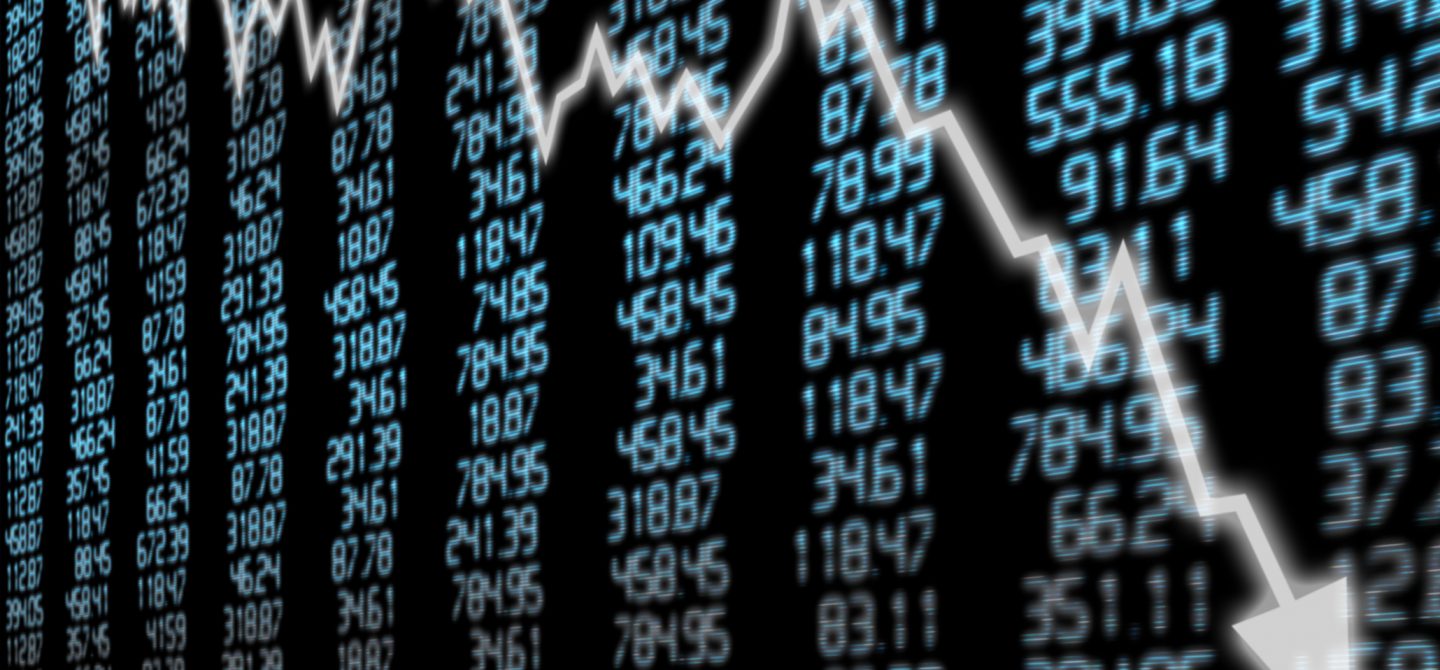
Investors are facing a rough start to the week, with stock futures pointing to significant losses at the opening bell. This follows Japan’s worst trading day since 1987, where the Nikkei 225 plummeted by 12.4%. European markets are also feeling the strain. The global sell-off is driven by worries about the U.S. economy’s health. Recent data revealed that only 114,000 jobs were added last month, falling short of the Dow Jones forecast of 185,000. However, the concerns extend beyond just this figure. Investors fear that the Federal Reserve is lagging in its response. Overnight trading suggests a half-point rate cut by the Fed in September, with some analysts advocating for even deeper cuts. The S&P 500, factoring in Monday’s anticipated losses, is expected to drop around 9% from its recent peak. A 10% decline would mark an official correction. Katie Stockton from Fairlead Strategies predicts a more significant correction, identifying support for the S&P 500 around the 5,000 mark, which is another 6.5% drop from current levels. If it falls below that, she sees further support at 4,820. The index closed at 5,346.56 on Friday, indicating a potential 9% decline from there. Stockton mentioned on CNBC’s “Squawk Box” that a rebound could happen, similar to Friday’s recovery, which might lead to an oversold bounce. Major indices also saw sharp declines on Friday but managed to close above their session lows. Investors are hopeful that the Federal Reserve might intervene if market conditions worsen. Jeremy Siegel, a professor at the Wharton School, suggested on “Squawk Box” that the Fed should implement two 0.75 percentage-point rate cuts, at a minimum. He believes the fed funds rate should be between 3.5% and 4%, arguing that the market has a better grasp of the situation than the Fed and urging them to act accordingly.